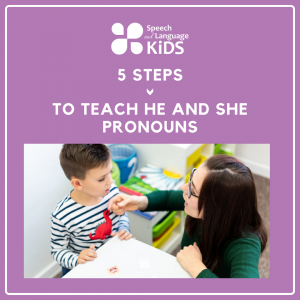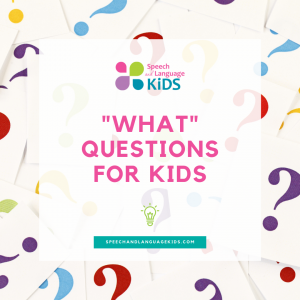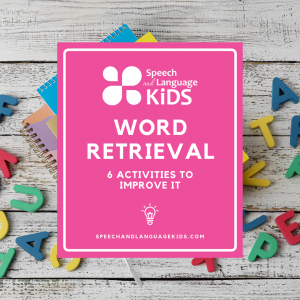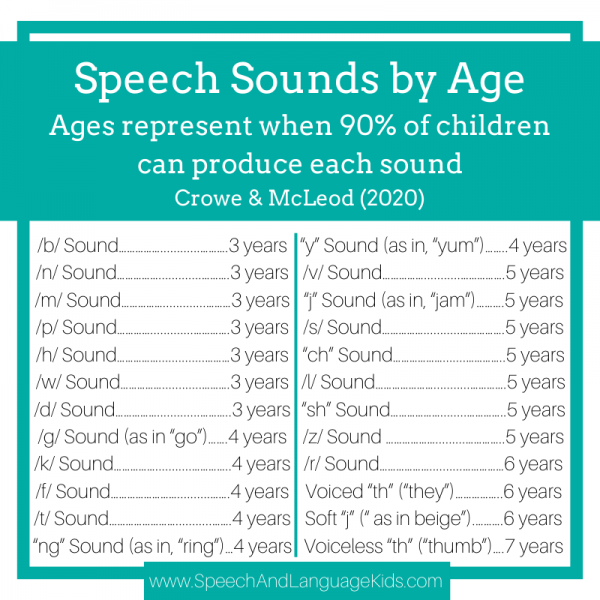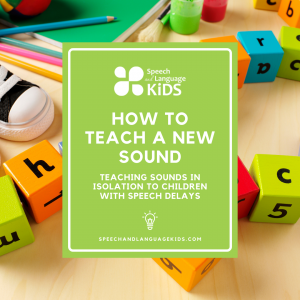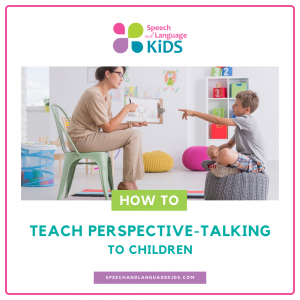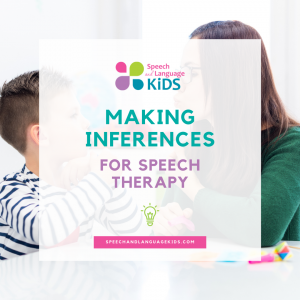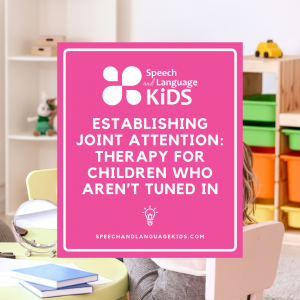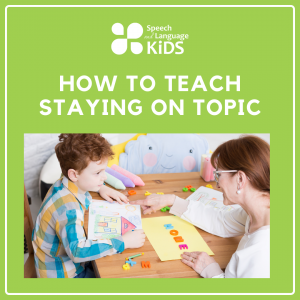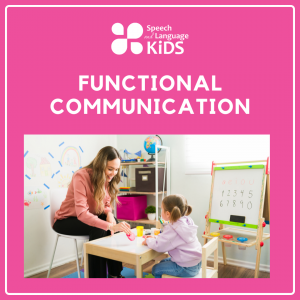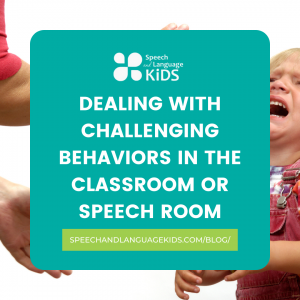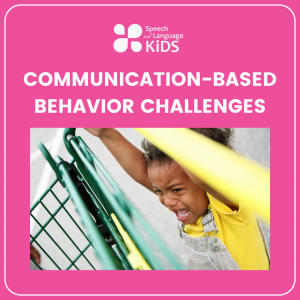Speech/Language Resources for Caregivers (Parents, Grandparents, Nannies, etc.)
Welcome to our speech/language resource page for caregivers! As a mom, I can say for certain that being a full-time caregiver of tiny humans is the hardest job I have ever done (including being a speech-language pathologist!). Helping a child grow and develop is rewarding but also incredibly challenging. And if that child has additional challenges, such as communication delays, it can be even harder.
If you’re on this page then you must be a caretaker for a child with speech/language challenges. And if that’s the case, then the child you’re taking care of is so lucky to have you! Because the fact that you’re here means that you want to help.
But I’m always amazed how much of my parenting feels like guesswork. I feel like I’m constantly asking myself if I’m doing the right things to help my sons. Should I be doing more? Or something different? Have I messed them up somehow?
Don’t worry, when it comes to the speech and language part, I’m here to help! I’m Carrie Clark, a speech-language pathologist from Missouri and I want to help guide you through this crazy process of helping your child learn speech and language skills. You’ve got enough on your plate, let me do the heavy lifting here!

Carrie’s 5-Minute Homework Challenge:
I know you don’t have a lot of extra time to be working on speech/language skills with your child (or maybe…any time??). But the fact that you’re here means that you want to try. What if I told you that you can help boost your child’s speech/language skills in just five minutes? Research shows that multiple 5-minute sessions per week can be just as effective as a few longer sessions.
I challenge you to schedule a 5-minute homework session with your child week. This doesn’t have to be anything fancy or elaborate, but focusing on one skill for 5 minutes can make a huge impact for your child. Here’s what you need to do:
- Browse the list below and choose one skill that you think would help your child. Read the info or watch the video to get an idea of how to teach that skill.
- Find a time that you could work with your child for 5 minutes on that skill. If it’s something easy, you can work on it in the car while you’re driving to school/daycare. If not, schedule a time you can sit down at the table or in the playroom with your child.
- Set a 5-minute timer.
- Work on the skill just as it was described on this site or in the video. See how far you can get in 5 minutes. Provide prompts and cues to help your child learn the skill.
- When the timer goes off, set it aside and give your child a hug! Tell him you’re proud of him for trying something hard.
Doing a few of these 5-minute homework sessions throughout the week can make a huge difference for a child. Of course, you should consult a speech-language pathologist about what skills to work on with your child, but if you already have some ideas, our resources below might give you some ideas for how to practice at home in addition to your therapy sessions.
Choose a Skill Below:
Choose one skill to target for your 5-minute sessions. Here are the main areas you may want to consider:
5-Minute Session Ideas for Language Skills:
Focus on One Skill at a Time: There may be a lot of areas that your child is struggling in. The key is to choose one specific skill at a time to work on. For example, if your child is struggling to answer questions, focus in on one question type, like answering “where” questions. Our children often need things broken WAY down so this will help them focus on the skill you’re teaching them.
Use Pictures as Prompts: When trying to teach language skills, I find it helpful to use pictures as a starting point. Pictures with a lot of things going on (such as “what’s silly” pictures from highlights magazine) can be helpful as can pictures of children doing various actions. With pictures like this, you can work on asking and answering questions, using grammatically correct sentences to describe the pictures, and telling stories about what’s going on.
I like to search for pictures like this on Google Image Search and then save them in an album on my iPad so I can access them quickly when I need them. Here are a few examples of types of pictures you can use. (Many of the pages below also have printable materials with pictures specific to the skills you’ll be working on).


Popular Language Resources:
When you sit down for your 5-minute homework session, you will choose one language skill to target. Choose a skill from our popular language posts here. All of our posts break the skills down into step-by-step plans. Start with the first step of the skill and see how far down the list you can get with your child in the 5 minutes. During your next 5-minute session, start at that step again or back up one step if you need to. Keep going until your child has mastered the skill.
5-Minute Session Ideas for Speech Skills:
When we talk about speech skills, we’re specifically talking about the pronunciation of sounds. The best person to help your child learn to say speech sounds correctly will be a speech-language pathologist (SLP) or professional. Many of the sounds are very difficult to teach so don’t hesitate to lean on your SLP for help. However, if you don’t have access to an SLP or if you want to try a few things first to see if you can help, here’s what to do.
Sit down with your child and choose one specific speech sound that he’s having trouble with. Use the table below to make sure that it is a speech sound that is expected for your child’s age. If the age on this chart is higher than your child’s age, don’t worry about teaching it yet. That’s considered a developmentally-appropriate error.
Teach the Sound in Isolation:
Start by having your child say the sound in isolation, that means all by itself, instead of in a word or sentence. For example, if you want to teach the “p” sound, you would just have your child say “p” (not “pop” or “up”). On the following page, you’ll find tips for how to help a child say a sound in isolation:
Use the Sound in Harder Contexts:
If your child can say the sound by itself, you can move up to having your child say the sound in longer utterances. Don’t move up to the next level of this hierarchy until your child can do the one before it. If you’re having trouble, remember to seek help from a speech-language pathologist who can work with your child directly to see what’s going on.
- Sound in Isolation: “p”
- Sound in Nonsense Syllables: “puh”, “pah”, “pih”, “poh”
- Sound in Words: Start with shorter words and then gradually get to harder ones – “pie”, “up”, “apple”, “penny”, “popcorn”
- Sound in Phrases: Put a carrier phrase like “my” or “I see” in front of a word that contains the target sound – “I see pie”, “my penny”
- Sound in Sentences: Use the sound correctly in sentences when describing pictures
- Sound in Conversation: Use the sound correctly when answering questions like “tell me what you did at recess”.
5-Minute Session Ideas for Behavior Challenges:
Have you heard the expression that behavior is communication? It’s true! And it’s even more true when a child is struggling to communicate effectively with those around them. We can help children learn to better communicate and express themselves in order to reduce behavior challenges. Check out some of our best behavior resources here.

About the Author: Carrie Clark, MA CCC-SLP
Hi, I’m Carrie! I’m a speech-language pathologist from Columbia, Missouri, USA. I’ve worked with children and teenagers of all ages in schools, preschools, and even my own private practice. I love digging through the research on speech and language topics and breaking it down into step-by-step plans for my followers.
Fun Fact: I can’t do speech therapy on my own children. Trust me, I’ve tried! The only way I can get my children to work on speech/language skills with me is if I say it’s because we’re making a video for my YouTube channel. Cause then it’s cool! But if I try working on speech at home with my children, they get frustrated. But they will work with the school SLP just fine! Sometimes it’s just different when it’s Mom. So don’t feel bad if your own children won’t work with you on stuff!
Connect with Me:

